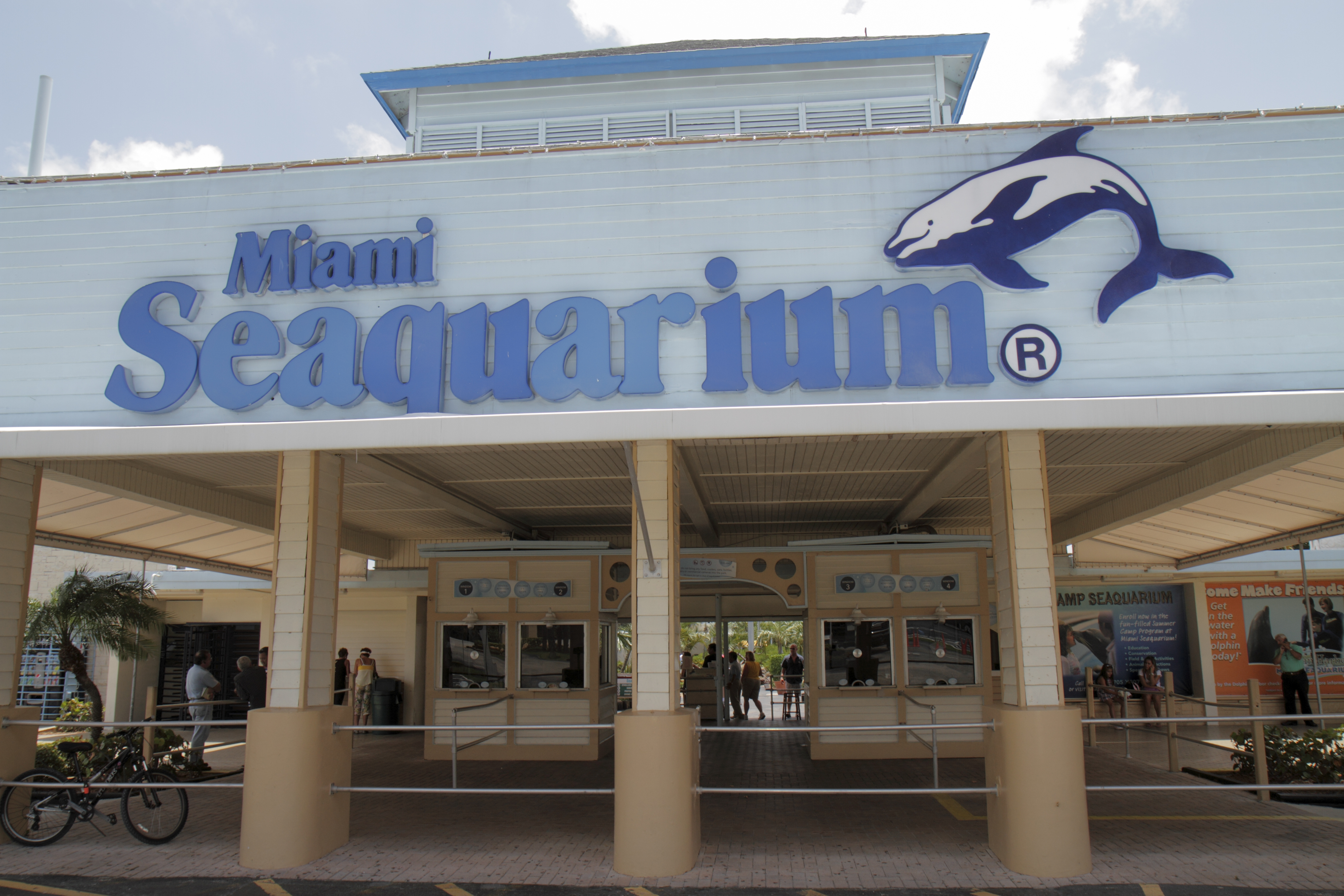November is a big month for manatees.
It's the time of year when they typically begin their inland migration, and it's also the state's Manatee Awareness Month.
But this November, local manatees seem to be starting their annual migration a little early.
An unseasonable cold front last week caused coastal water temperatures to drop to 70 degrees, which is about the point at which these tropical marine mammals move inland in search of warmer confines.
"Normally the manatees don't get in here until late November or even December but this year they've come early, so we're starting to get people here too," said Scott Wahl, with Calusa Blueway Outfitters, the concessionaire at Lee County's Manatee Park along State Road 80. "Sunday I was here and we had a full parking lot. The weekends are really starting to get busy."
The concessionaire is open only on weekends until Nov. 20 but will be open seven days a week through the winter tourism season, Wahl said.
There were a few clusters of manatees and manatee fans at the park Tuesday.
Local
Gary and Diane Sweeney, from Madison, Wisconsin, came to the park to get closer to an animal they see regularly on Captiva, where they spend winters.
"We came here because we're curious about them," Gary said as a few manatees rolled in the warm-water canal that flows from the nearby Florida Power and Light plant. "We've seen them on Captiva and we wanted to see more of them."
More and more manatees will trickle into the Orange River and FPL canal between now and January, typically the coldest month of the year.
The magic mark is 68 degrees, the temperature at which manatees begin to experience digestive issues that can turn deadly.
"Manatees this time of year are searching for warmer waters to help them survive winter's cold, which they generally find in freshwater springs and the outflow of power plants," said Carol Knox, with the Florida Fish and Wildlife Conservation Commission. "Manatees move inland in some cases to reach these sites. In other cases, they migrate southward long distances through the intracoastal waterways."
Manatees, or sea cows, were reclassified from endangered to threatened by the U.S. Fish and Wildlife Service earlier this year, but the animals are still protected by state and federal laws.
Statewide population estimates have grown from fewer than 1,300 in 1991 to more than 6,600 this year. The estimates are conducted during winter months, when manatees congregate in warm-water refuges, and represent a minimum number of sea cows counted and not the actual population size.
FWC encourages boaters to be on the look-out for manatees as boat-related collisions are one of the top causes of documented deaths.
The only local boating area that changes for the winter (starting Nov. 15) is Estero Bay, where summer slow speed zones will be lifted until April.
These unique animals are also an indicator species, animals whose health reflects the health of the ecosystem in which they live.
"Manatees are considered one of Florida's sentinel species whose behavior can alert researchers to the environmental and habitat changes that may otherwise go unnoticed in Florida's waterways for extended periods of time," Knox said.
Manatees eat various types of seagrasses and can be found along coastal beaches and bays during the warmer summer months.
"(But) once the cold weather hits in January there will be hundreds of hundreds of them there, so many that you could walk across the canal," Wahl said, figuratively. "And the people are packed in there too. We get 1,000 cars a day."



